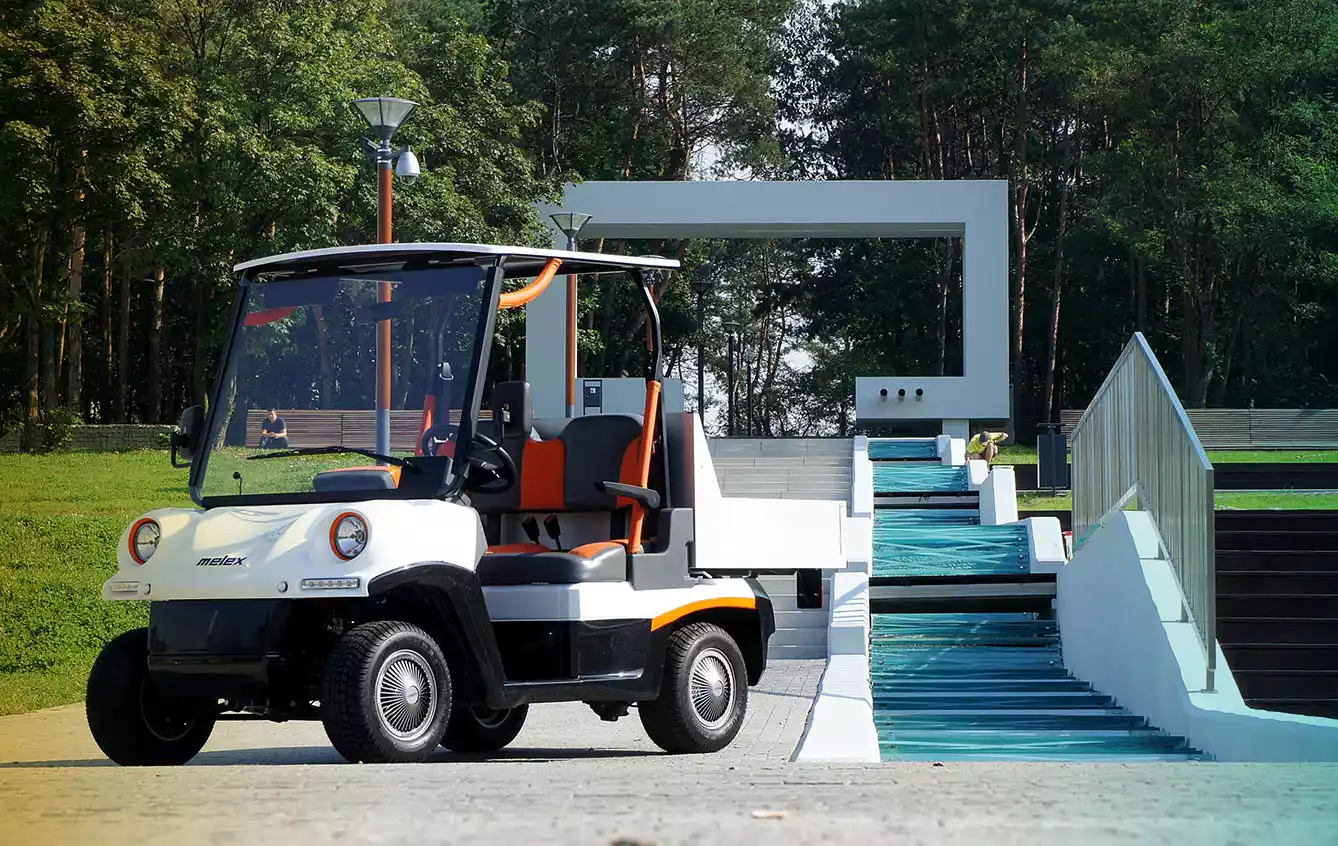Nobody yet knew the word “electromobility” when engineers from the Mielec Communication Equipment Factory (PZL-Mielec), which was part of the Mielec Aircraft Factory, started building small, sleek, quiet, and emission-free vehicles. These EVs quickly began to be exported all over the world.
Melex: functional EV from aircraft factory
It all started in the 1970s when a team of specialists was established in the Central Industrial District to support aircraft production. As the name of the plant implies, the business’s focus at the time was all about aeronautical radio stations and other types of aviation equipment like transponders, radio navigation instruments, and the like.
What is interesting and rather unusual at the time, particularly in the socialist and centrally planned economy of the then-People’s Republic of Poland, is that the management of this factory complex did not close itself off to new possibilities.
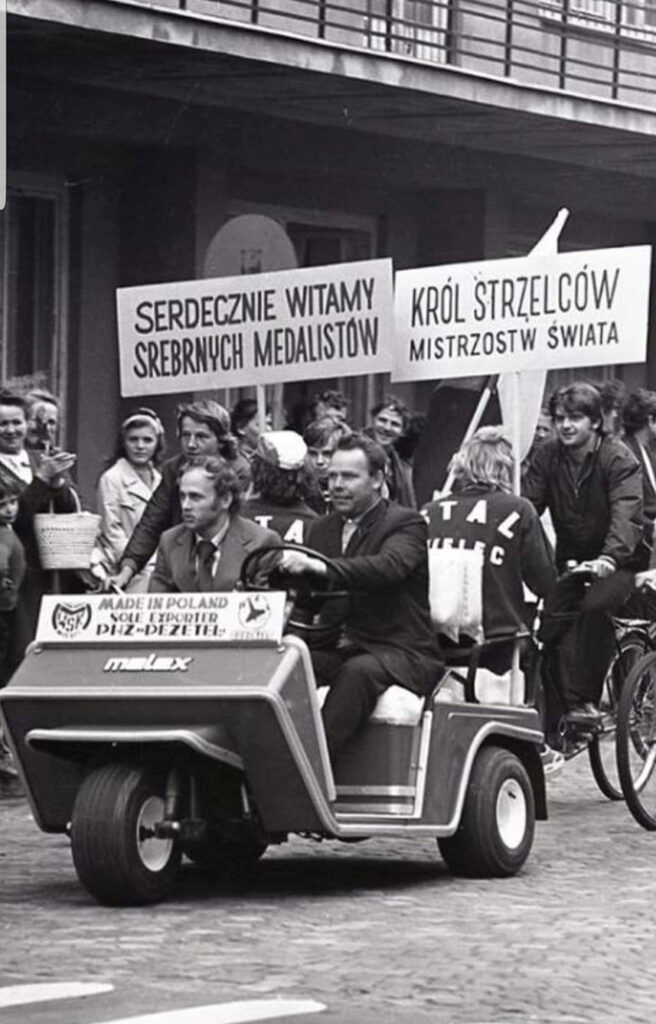
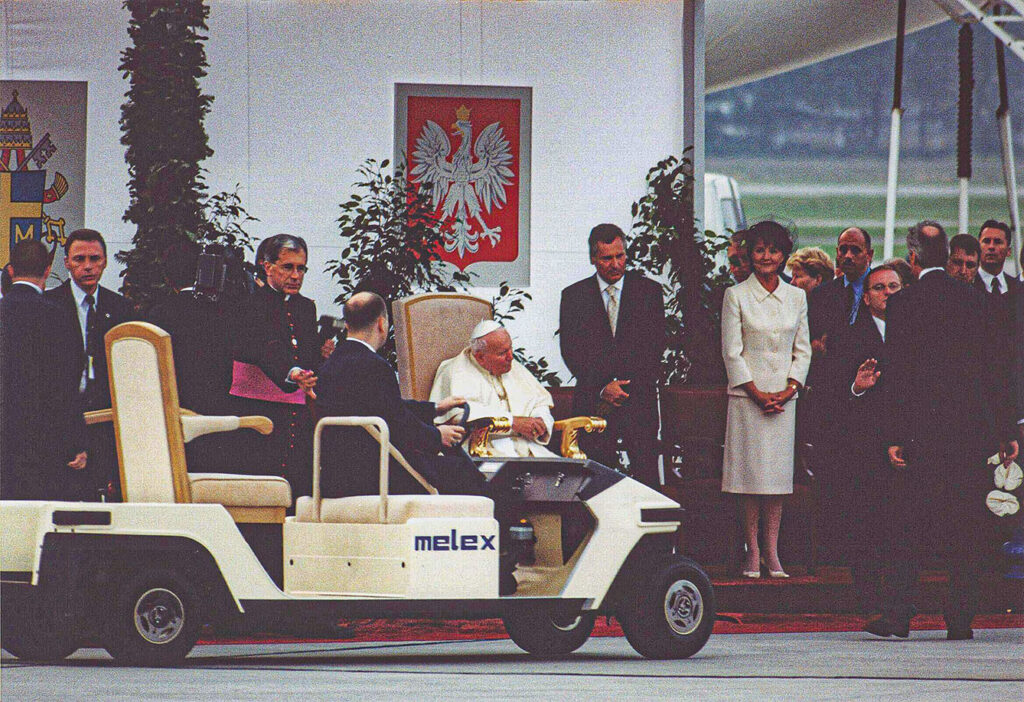
It was an era of so-called “small stabilization,” which welcomed the inflow of western currency, the development of industry, and significant investments. At some point, an investor from the USA came knocking on the door of the Wytwórnia Sprzętu Komunikacyjnego (Communication Equipment Factory). It was like a dream come true at that time for a state-owned company. The country badly needed – and greatly appreciated – any source of Western capital. And thus, the idea of creating a small, compact, and, above all, utilitarian electric vehicle was born.
Par for the course
The sport of golf was gaining popularity in the USA, and distinguished gentlemen wanted to be able to move efficiently and quickly around the extensive golf courses that were springing up in the US like mushrooms after the rain. In no time at all, the company came up with a design for a small, three-wheeled electric vehicle. It was called the Melex.
The car quickly gained popularity in the United States, becoming an export hit. American golf courses started to overflow with these characteristic small white vehicles, most often seen driving around with golf clubs sticking out of the back. Soon, over 10,000 were being shipped to the United States every year. The Melex then spread from golf courses to amusement parks, zoos, stadiums, and countless other locations.
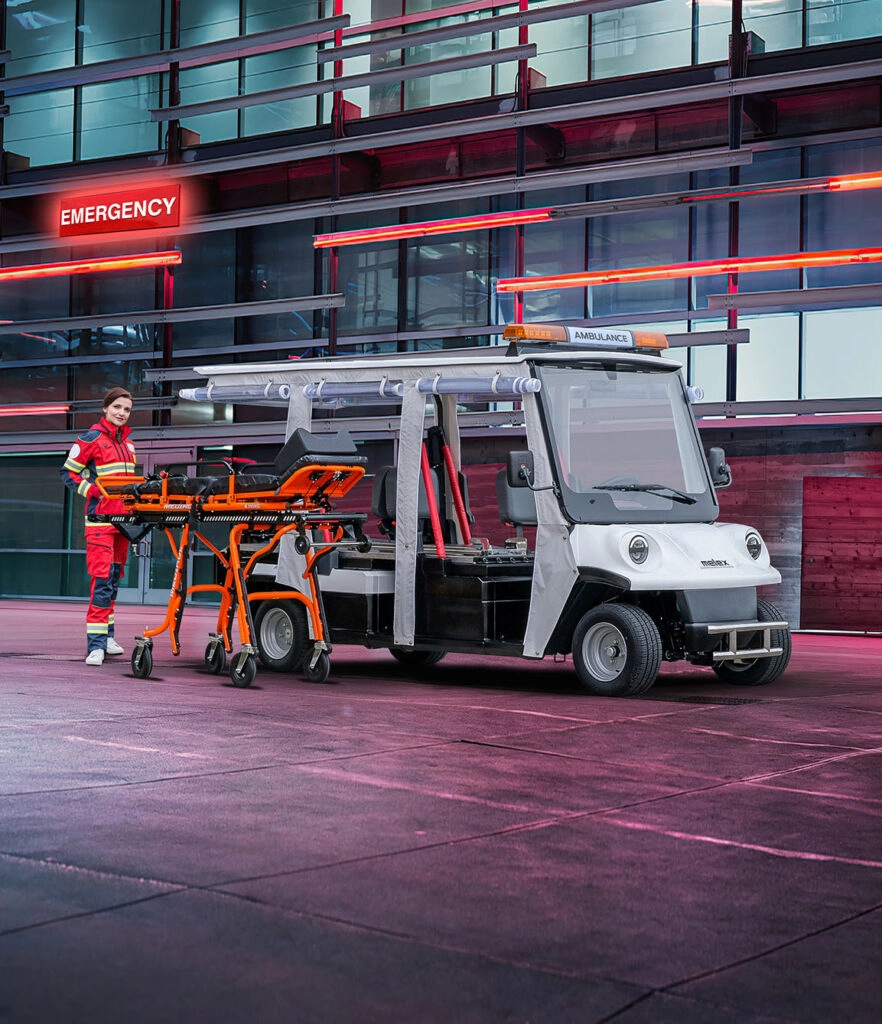

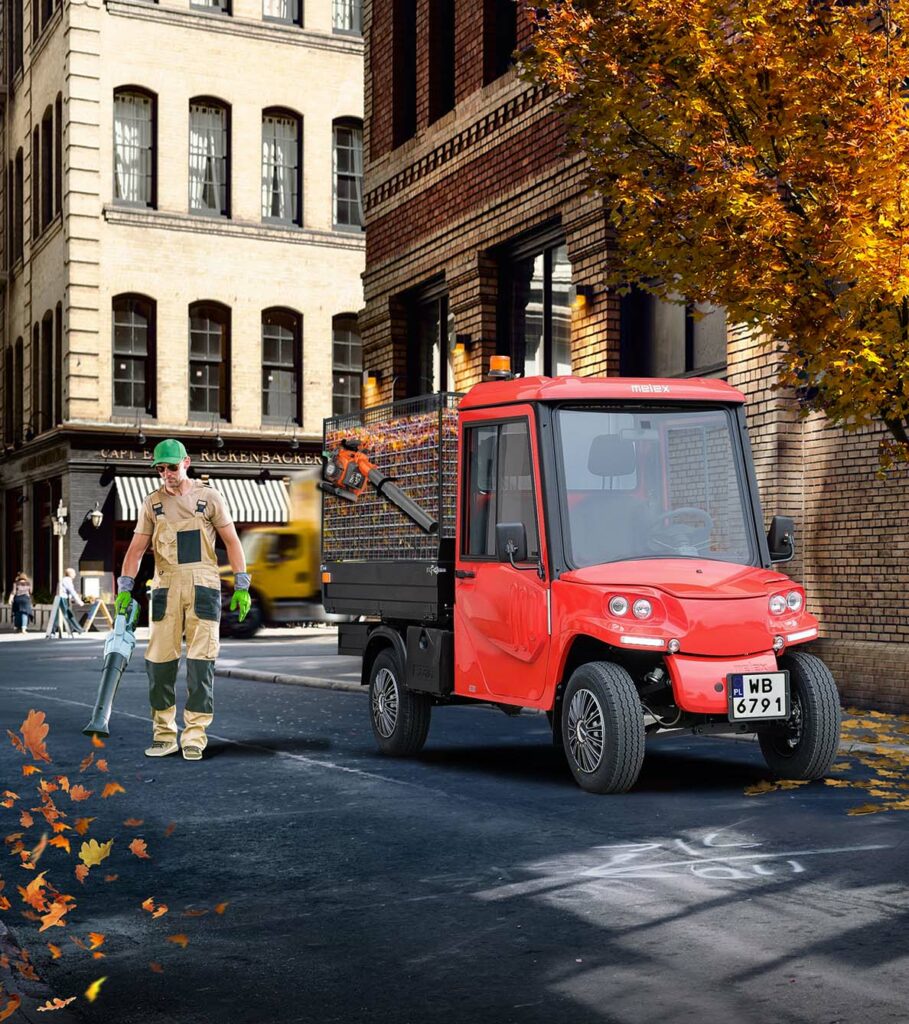
When martial law was imposed in Poland in the early 1980s, Melex factories declined due to US sanctions and the dire state of the socialist economy. Luckily, that was not the end of the story. The Melex brand was reborn in the newly free Poland, where it is still active today.
New markets have emerged; in the USA, Canada, Europe, the Middle East, the Far East, and Australia. There are also new types of vehicles: commercial, transport, postal, vans, small, and large. There are now over 100 different designs, and only one of them remains the same golf cart we all know and love.
See Also: The Sky Is the Limit for the Three Seas Drone Project


